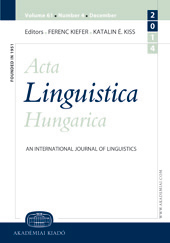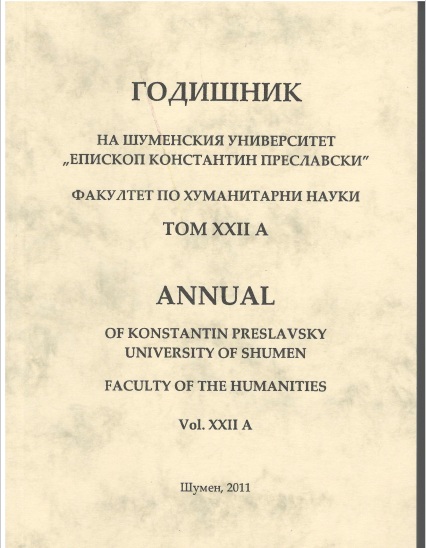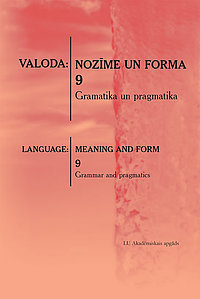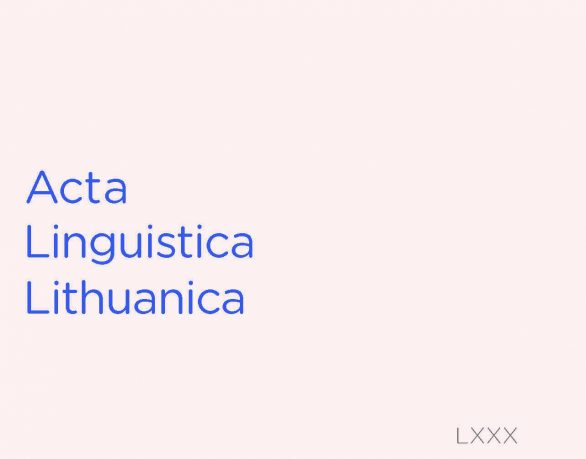ЛІНГВАЛЬНА ПРИРОДА ДІАЛЕКТНОГО ДИСКУРСУ ПРО ЇЖУ, ЯКУ ГОТУЮТЬ ПІД ЧАС ВЕЛИКОГО ПОСТУ
Discourse is one of the most commonly used terms in modern philology. Currently, discourse is considered as a set of thematically correlated texts: texts, which are united in a discourse, texts pointing to one common theme. The content of the discourse is not revealed through one single text, but intertextually, through a complex interaction of many individual texts. In the frame of this definition of discourse, all the dialectal texts(DT) of Bukovinian dialects may be qualified as ritualistic dialectal discourse, narrower – the dialectal discourse about ‘food that is prepared during Lent’. Each DT brings to the general panorama of calendar of rites some unique trait, calling through the "voice" of some particular dialect, contributing to the "polyphony" of Bukovinian dialects. Lexemes food that is prepared during the Lent’ in the Easter discourse are presented by such linguistic patterns as: fa'sul'i z ci'bul 'koju ta ol'ijkoju, g'ribki su'šeni, kulesha, šušinic'i, gruš'ki, jebluka, mama'lička, časni'čok, s'i'maine:e molo'ko, 'zapraška, piro'gi, etc. Lexeme ‘Paska’ (Easter) in the dialectal discourse is functioning with three meanings: 1. The name of a religious holiday, although in Bukovnia villages more often the word ‘Vi'likǵden’ is used. 2. the ceremonial bread. 3. festive basket (figurative meaning arose on the basis of synecdoche: part becomes whole).The discourse on the Easter of the Bukovinian dialects reflects, first of all, the spiritual culture of the Ukrainian nation, which belongs to the calendar spring ritual. Analysis of language units of dialect discourse of ‘food that is prepared during the Lent’, showed a large number of descriptive names. The category of food in DT function in diminutive form. Analysis of the related factors exposed the sphere of language units functioning in the discourse, testified to the role of dialect bearer in reconstruction of reference situation, showed the two ways of presentation of identical information – expressive and rational.
More...




